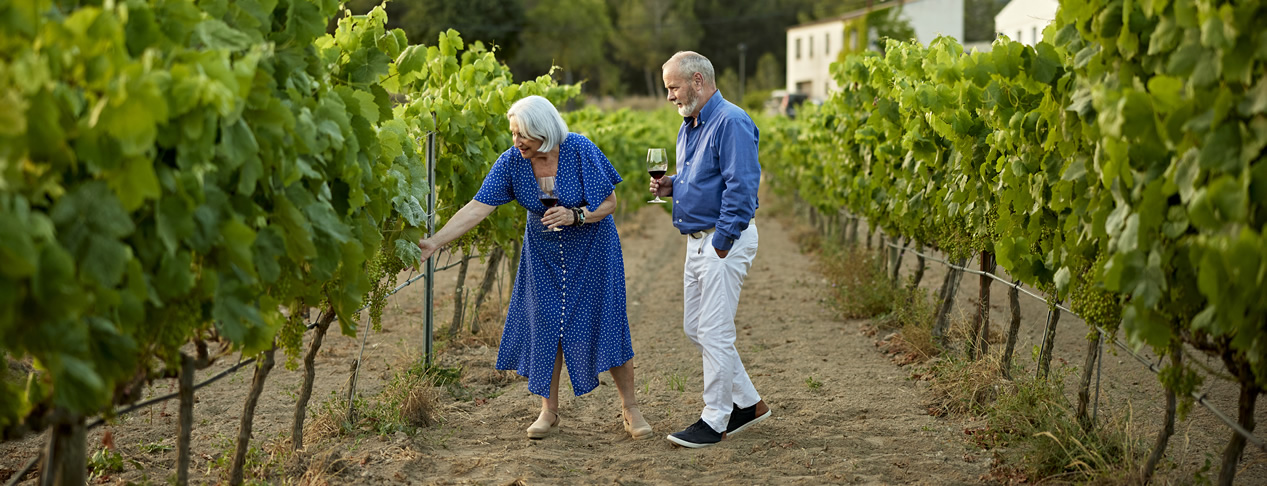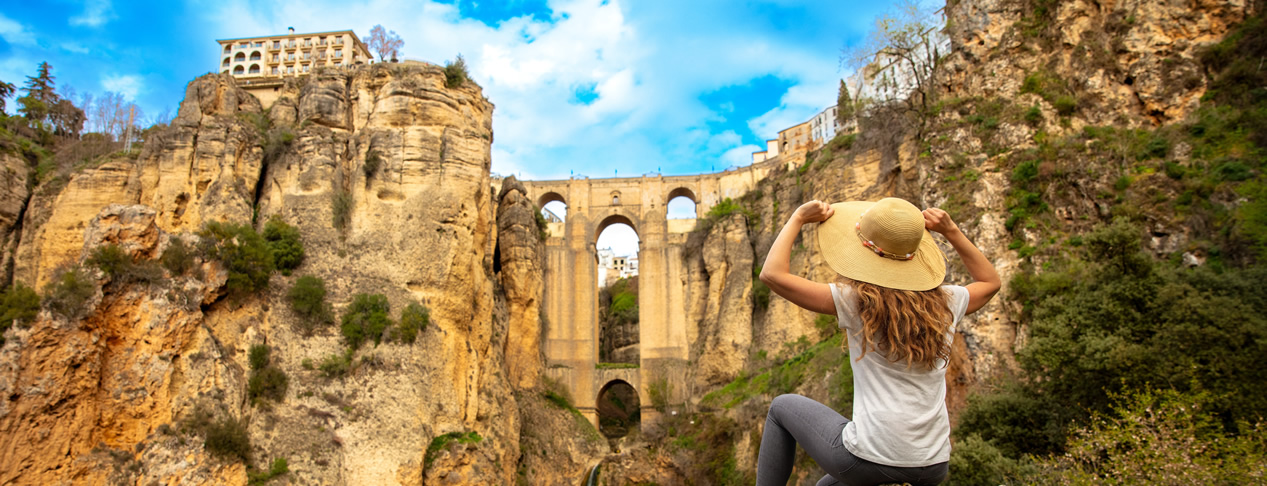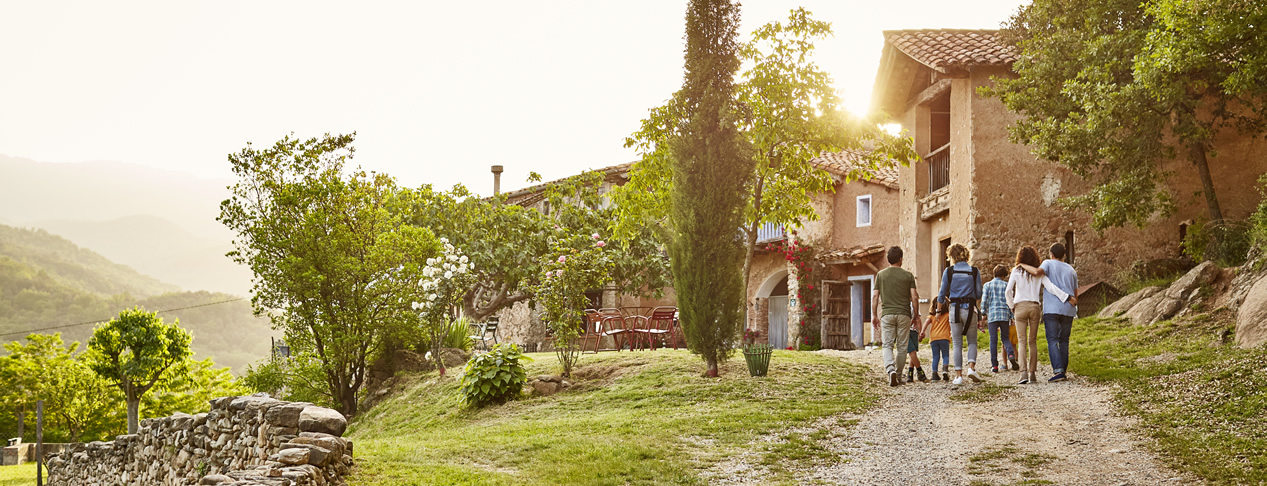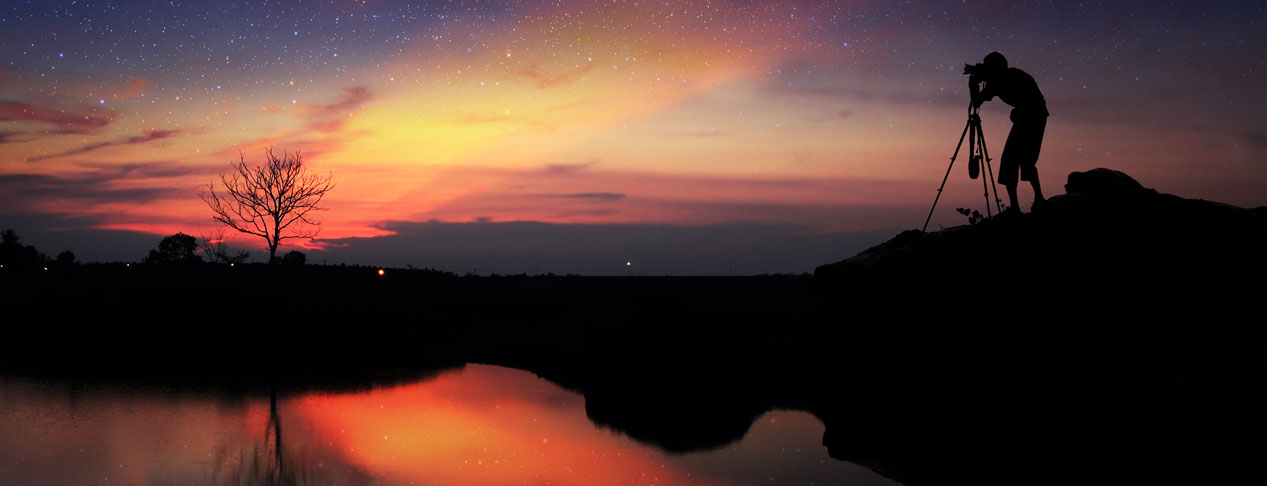If you are thinking of promoting one of your tourism experiences through the platform experiences.spain.info, you might want to know that the way in which travellers look for activities to enhance and complement their trips is changing. There is an increasing demand for personalised and authentic plans that represent a step towards more responsible and balanced tourism.
Below, we'll tell you about some of the latest key trends when it comes to promoting tourism in Spain so that you can take them into account, thus creating experiences that respond to the interests of today's tourists.
1. SUSTAINABILITY: THE FUTURE OF THE SECTOR
Sustainable tourism has become a global priority. At a national level, you probably know or have heard of the Spain Tourism Strategy 2030, which aims to promote the three pillars of sustainability: Socioeconomic, environmental and territorial. Tourists themselves are increasingly appreciating experiences that are respectful of the environment and that help them to immerse themselves in the customs of the area and promote a positive impact on local communities.
How can this be applied to your tourism experience?
Generate a type of activity that encourages learning about how to protect the national heritage and natural environment, use local resources, such as local guides for tours, recommend local products, try to use alternative and less polluting means of transport, etc.
For example, a bird watching tour in a natural park can be considered more sustainable if it is conducted by a local expert, the importance of habitat care is emphasised, sustainable mobility is promoted or part of the fee is dedicated to conservation projects.

2. DISCOVER THE LESSER-KNOWN SPAIN
The large cities and coastal areas of Spain in general are well-established destinations. Considering that inland tourism has been gaining ground in recent years, it's up to you to promote less-visited regions of Spain through experiences. Take advantage of the opportunity to help travellers discover hidden landscapes, heritage secrets and ancient traditions in less-frequented places.
How can this be applied to your tourism experience?
For example, routes that awaken interest in the less populated areas of Spain through their traditional festivals, tasting their typical products, etc. Tourism experiences linked to agricultural activities can be very interesting, since they highlight the know-how of these areas.

3. AVOID OVERCROWDING: THE CHARM OF THE EXCLUSIVE
The desire to avoid crowds and experience original plans that allow for greater peace and quiet is in vogue. When creating experiences, consider offering activities in less-explored spots, for small groups or outside peak hours.
How can this be applied to your tourism experience?
For example, if you are involved in organising activities in large cities, you can design tours through less touristy neighborhoods that include visits to small art galleries or local markets where you can interact directly with creators, chefs, etc.

4. LIFE BEYOND SUMMER: ENCOURAGE PEOPLE TO TRAVEL DURING THE OFF-PEAK AND MID SEASON
Try to spread your offer throughout the year, creating experiences that highlight the characteristics and opportunities of each season: Rural tourism in autumn, winter getaways to discover mountain destinations, etc.
How can this be applied to your tourism experience?
You can offer discounts or special offers for travelling during the off-peak season and create special routes to engage travellers. Possible examples? A tour to explore the wineries of the Ribera del Duero during the grape harvest season, a journey to discover the most beautiful Christmas markets in cities that are not as popular as larger cities, like Ávila or Segovia, or nature-based experiences to see the different colours of the four seasons.

5. CUSTOMISATION OF THE EXPERIENCE: ADAPT TO THE TRAVELLER'S TASTES
According to research from companies such as Skyscanner, tourists have started to look for experiences that suit their specific preferences, beyond standard activities. A few examples: They may be especially interested in sports competitions, witnessing astronomical phenomena, attending large immersive cultural events... In other words, travelling is no longer just about visiting places, but about experiencing unique moments that are unlike anyone else's. The key to this is to design experiences based on customers' interests or motivations in a way that creates a more authentic connection with the destination.
How can this be applied to your tourism experience?
Create options that allow the activity to be adapted and tailored to the travellers' preferences. You can customise everything, from the theme (gastronomy, culture, adventure, etc.), to the profile (families, couples, etc.) and the pace, schedules and duration of the experience.
You may also include a preliminary survey system if you have this option, to learn more about the traveller's interests and preferences and to develop special features, like a chatbot. All of this will help boost tourist satisfaction and, if tourists are engaged, they will even become an advocate of your experience.

6. INTEGRATING TECHNOLOGY FOR A MORE INTERACTIVE EXPERIENCE
Technology can be your ally when it comes to creating more enriching and dynamic tourist experiences. Using tools such as augmented reality, virtual reality, QR codes or geolocation will not only allow you to create more immersive tours, but also associate your company's image with a modern and attractive way of doing things.
How can this be applied to your tourism experience?
To attract your customers, you can try virtual reality platforms so that tourists can explore destinations and attractions before booking.
More options? Consider developing an app that integrates different features, such as personalised routes or the use of augmented reality technologies to allow your customers to scan a QR code and obtain additional information about the heritage or nature of a given spot.
Many companies also turn to big data solutions to analyse tourist behaviour and tailor their products and services to cater to their customers' needs as accurately as possible. Remember, the more information you have about travellers’ interests, the more relevant your offers can be.







